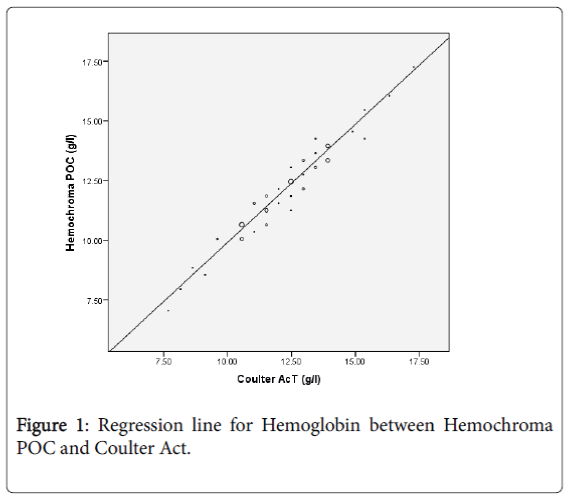


20–22 There is emerging evidence that DPP-4 inhibition has direct cardiovascular effects, occurring independently of glycaemic control. 19 DPP-4 catalyses the breakdown of several cardioactive peptides, including brain natriuretic peptide (BNP) and stromal cell-derived factor-1α (SDF-1α). 18 DPP-4 is expressed on the surface of several cell types, including cardiac microvascular endothelial cells. 16, 17ĭPP-4 is a serine exopeptidase that cleaves X-proline or (X-)alanine dipeptides from the N-terminus of polypeptides. 13–15 GLP-1 may also have direct effects on other organs via the GLP-1R. DPP-4 inhibitors exert anti-diabetic effects by inhibiting the breakdown of incretins, such as glucagon-like peptide-1 (GLP-1) and glucose-dependent insulinotropic peptide, which stimulate insulin secretion from pancreatic β-cells. Inhibitors of dipeptidylpeptidase-4 (DPP-4) are novel drugs for the treatment of Type 2 DM, 13, 14 but their potential effects on the structure and function of the heart in DM remain to be elucidated. 11 Although both processes are potential targets for drug therapy, to date there is no specific treatment for LV diastolic dysfunction. 10–11 LV diastolic dysfunction in patients with DM has been linked to the development of interstitial myocardial fibrosis, 12 and to increased passive cardiomyocyte stiffness. 4–9 LV diastolic dysfunction is an early manifestation of DM-induced LV dysfunction, and often leads to heart failure, even in the presence of a preserved LV ejection fraction. 1–3 The pathogenesis of DM-induced left ventricular (LV) dysfunction is complex and includes both cellular and systemic abnormalities. Type 2 diabetes mellitus (DM) is an important risk factor for heart failure, and is associated with high heart failure-related mortality and hospitalization rates. Diabetes, Heart failure, Haemodynamics 1.


 0 kommentar(er)
0 kommentar(er)
